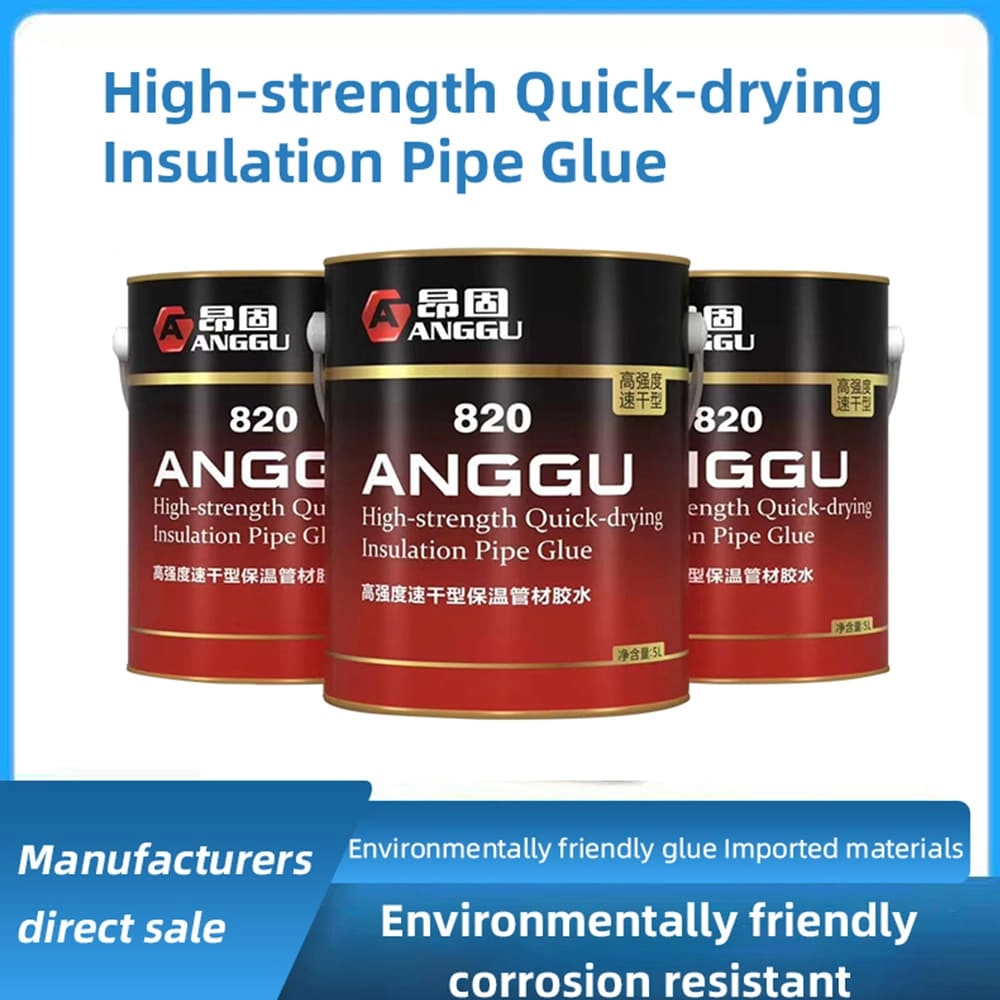What are the three main methods of insulation? | FUNAS Guide
Discover the three primary insulation methods—conductive, convective, and radiant—essential for professional use in thermal insulation materials. Facts by FUNAS.
What are the Three Main Methods of Insulation?
This article addresses “What are the three main methods of insulation?” for professionals seeking expertise in thermal insulation materials. Knowing these methods is critical in project planning, efficiency optimization, and compliance within the insulation industry.
Understanding Insulation Methods
1. Conductive Insulation (Thermal Insulation by Conduction Reduction)
- Definition: Reduces heat transfer through direct contact between materials.
- Materials: Fiberglass, mineral wool, expanded polystyrene, and aerogels.
- Application: Insulation in walls, roofs, and pipelines to minimize direct heat flow.
- Key Data: According to the U.S. Department of Energy (DOE), standard fiberglass insulation can reduce heat flow by up to 90%.
- Best For: Surfaces where materials touch, and suppression of solid-state heat transfer is crucial.
2. Convective Insulation (Thermal Insulation by Convection Barrier)
- Definition: Limits heat transfer caused by air or fluid movement.
- Materials: Closed-cell foams (e.g., polyurethane), and multi-layer reflective systems.
- Application: Building envelopes, HVAC ducts, cold storage facilities, and industrial ovens.
- Key Data: DOE notes closed-cell spray foam can achieve R-values of 6.0 to 6.5 per inch, surpassing many alternatives.
- Best For: Areas prone to air infiltration and requiring strict air barrier systems.
3. Radiant (Reflective) Insulation (Thermal Insulation by Radiation Reflection)
- Definition: Reflects radiant heat away from surfaces, reducing transfer without direct contact.
- Materials: Aluminum foil-faced products, radiant barriers, and multi-layer films.
- Application: Roof systems, attics, and industrial HVAC systems exposed to intense solar or radiant heat.
- Key Data: Oak Ridge National Laboratory found radiant barriers can reduce cooling loads by 5-10% in warm climates.
- Best For: Hot environments and applications exposed to high levels of radiant energy.
Key Takeaways for Professionals
- The three main insulation methods—conductive, convective, and radiant—address all major pathways of heat transfer.
- Selecting the right method and material depends on the application's specifics and compliance standards.
- Efficient insulation enhances operational performance, lowers energy use, and extends system lifespans.
Authoritative Sources:
- U.S. Department of Energy: (https://www.energy.gov/energysaver/weatherize/insulation)
- Oak Ridge National Laboratory: (https://www.ornl.gov)
For advanced solutions in thermal insulation materials, consult the experts at FUNAS.

Top 10 Insulation Adhesives for Heat & Soundproofing 2026

Top 10 Polyurethane Foam Brands in 2026

Top 10 Glass Wool Manufacturers and Supplier Brands of 2026

2026 Guide to Thermal Insulation Material Manufacturers
FAQ
Can your insulation products be customized?
Yes, we offer customized solutions for insulation material wholesale to meet the specifications of your project, including custom specifications, sizes, foils and adhesives, colors, etc.
How to start a consultation?
You can contact us through our website, phone, or email. We will arrange a professional staff to discuss your needs about best thermal insulator and how we can help you.
service
Are your rubber foam products environmentally friendly?
Yes, our insulation products are designed with sustainability in mind. They help reduce energy consumption by minimizing heat loss and gain, and they are made from durable materials that have a long life cycle, reducing the need for frequent replacement.
What is your shipping and delivery process like?
We offer reliable logistics services for insulation material wholesale, both domestically and internationally. Our team ensures secure packaging, timely shipping, and real-time tracking so that your order reaches you in perfect condition and on schedule.
You might also like

Environmentally friendly self spraying adhesive
This product has passed the national GB33372-2020 standard and GB18583-2008 standard. This product is a yellow liquid.
Anggu spray glue is a product with high cost performance and a wide application range. It is mainly used for home construction, engineering construction, and various construction defect repair places. This product is low odor, no formaldehyde, spray-convenient glue, table drying speed, long bonding time, no chalking.

Wholesale Perfect Fire Resistant Performance High Strength Acoustic Mineral Wool Insulation Rock Wool Roll Panel Plain Slab
Rock wool, that is, a kind of exterior insulation material. When the market share of 90% of the organic thermal insulation materials in the stagnant wait-and-see, as a fire rating of A- class exterior insulation inorganic material rock wool has ushered in an unprecedented market opportunity.

China Manufacturer ANGGU Rubber Foam Dedicated Adhesives & Sealants & Glue
Our high-performance adhesives ensure durability and excellent adhesion, guaranteeing optimal results for all your industrial needs. Specially formulated for precision and strength, Funas adhesives offer seamless application and long-lasting reliability. Trust in quality and innovation with our dedicated rubber foam adhesives. Perfect your projects with Funas, where excellence meets commitment.

Wholesale Roof And Wall Thermal Heat Insulation 50mm Thickness Aluminum Foil Fiberglass Insulation Roll Glass Wool
Glass wool is the molten glass fiber, the formation of cotton-like material, chemical composition belongs to the glass category, is a kind of inorganic fiber. With good molding, small volume density, thermal conductivity both, thermal insulation, sound absorption performance is good, corrosion resistance, chemical stability and so on.
Leave a message
Have any questions or concerns about our products? Please leave us a message here and our team will get back to you promptly.
Your queries, ideas, and collaboration opportunities are just a click away. Let’s start a conversation.


















































